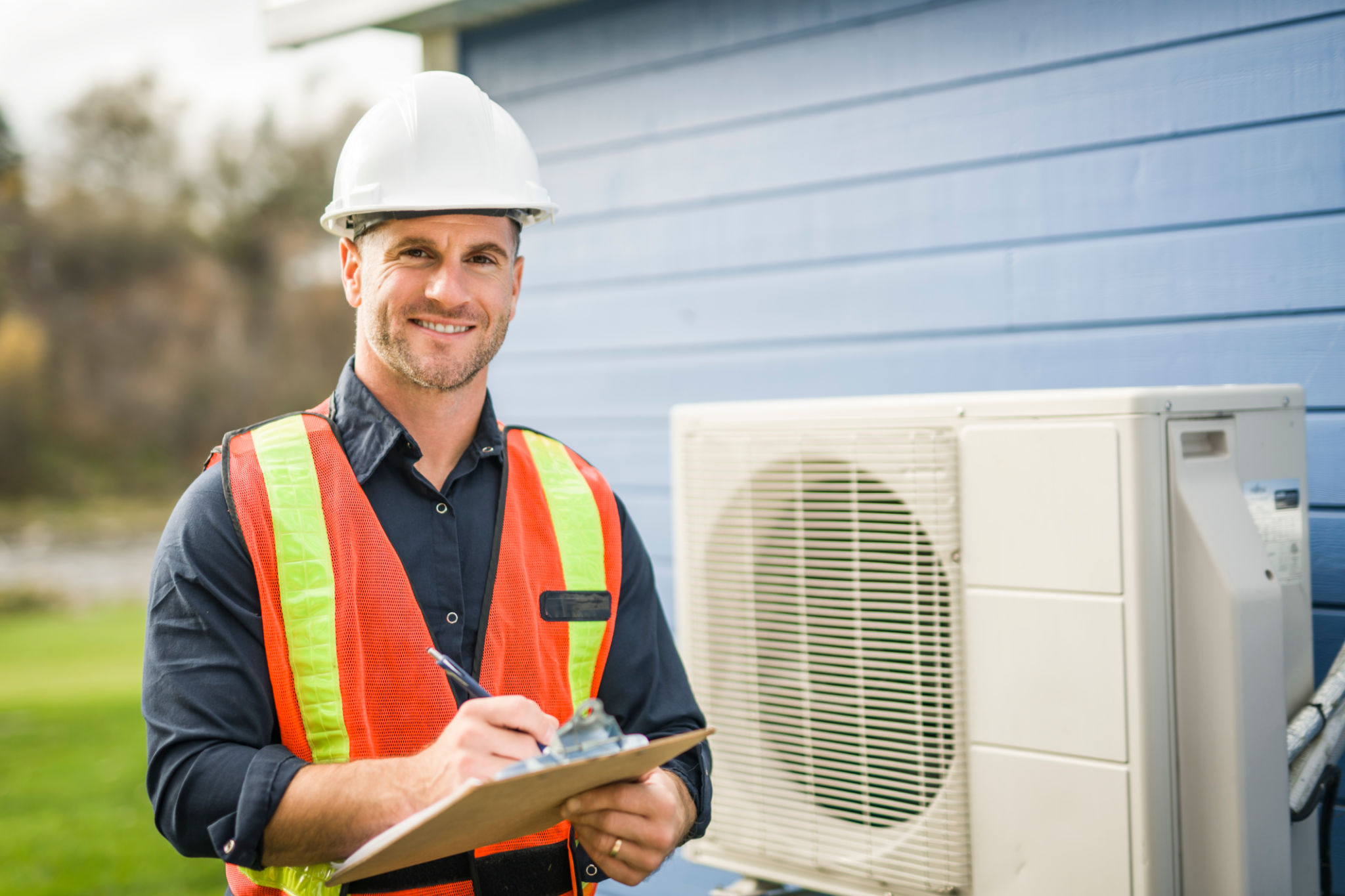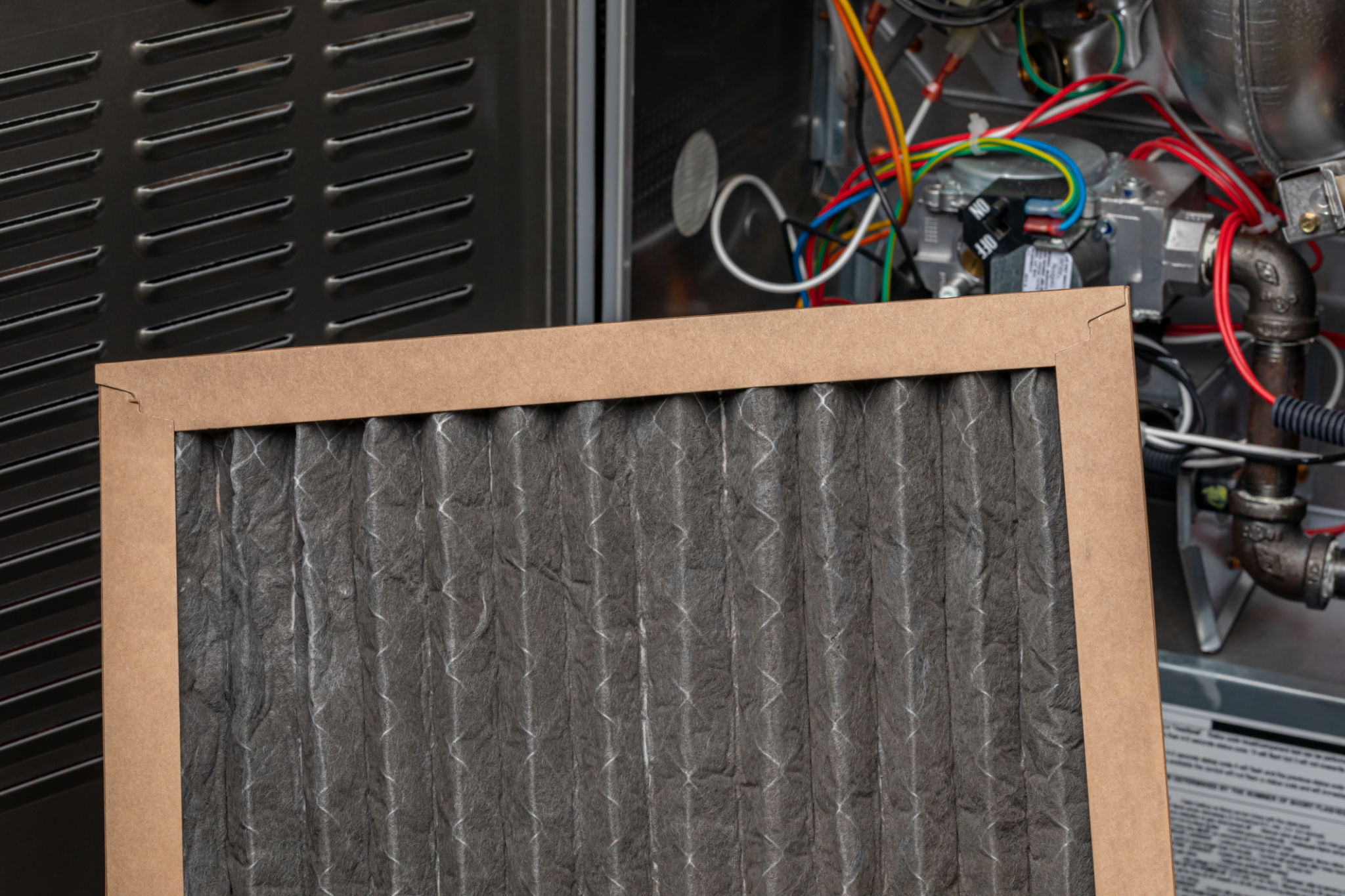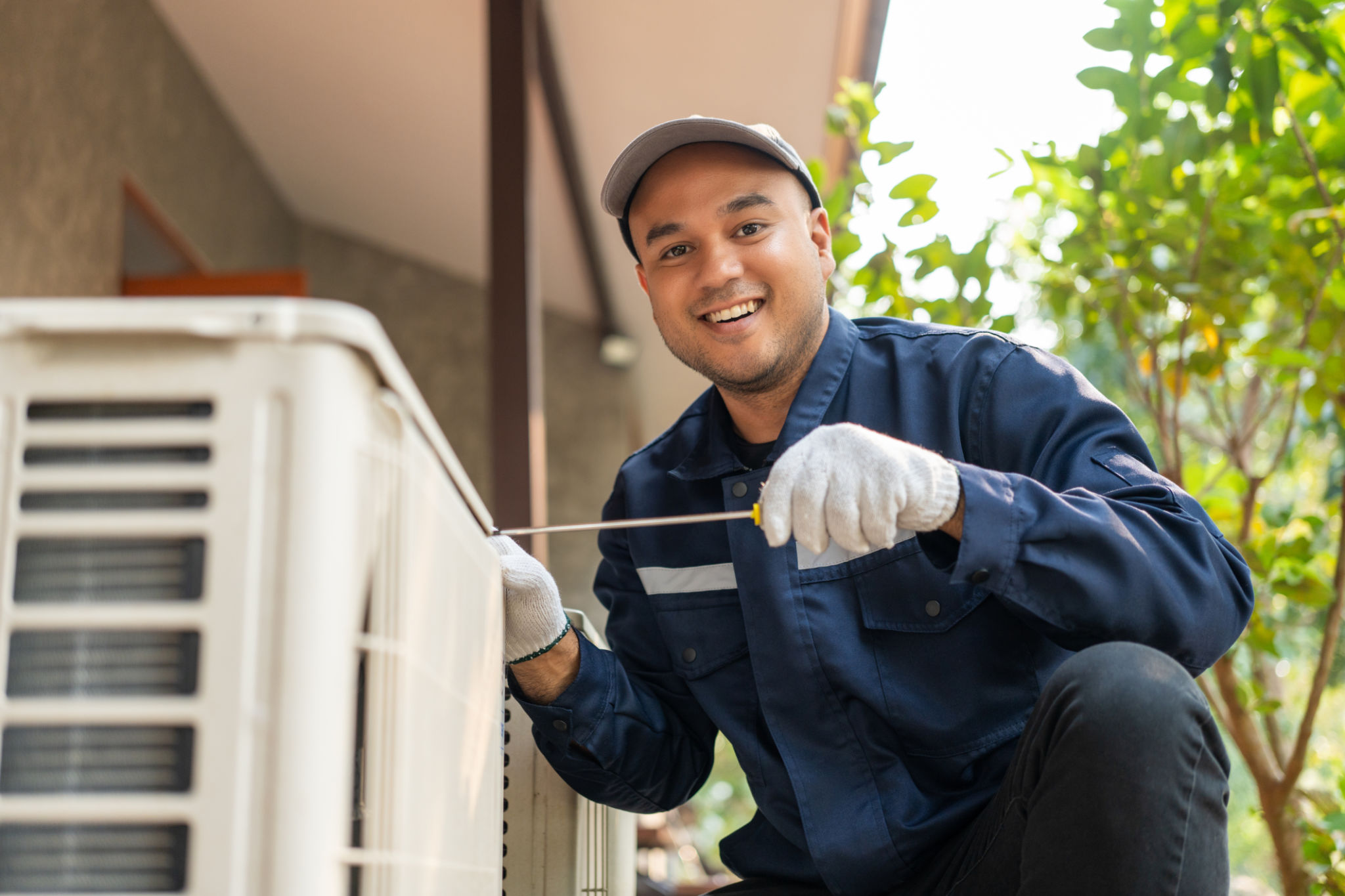DIY Troubleshooting for Common HVAC Issues
Understanding Your HVAC System
Before diving into troubleshooting, it's essential to have a basic understanding of how your HVAC system works. Your system comprises several components, including the thermostat, air ducts, furnace, and air conditioner. Each part plays a crucial role in maintaining your home's comfort. By familiarizing yourself with these components, you can more easily identify potential issues.

Check the Thermostat
The thermostat is often the first place to check when your HVAC system isn't functioning correctly. Ensure that it’s set to the correct mode (heating or cooling) and that the temperature settings are appropriate. Replacing old batteries with fresh ones can also resolve many thermostat-related issues. If your thermostat is programmable, verify that the schedule is set correctly.
Inspect Filters for Debris
Clogged air filters can significantly impact the efficiency of your HVAC system. Filters should be checked monthly and replaced every 1-3 months, depending on usage and filter type. A clean filter not only improves air quality but also helps your system run more efficiently, reducing energy bills and preventing unnecessary wear and tear.

Examine Air Ducts
Leaks or blockages in the air ducts can lead to uneven heating or cooling in your home. Inspect visible ductwork for any obvious signs of damage or disconnection. Seal any leaks with metal tape or mastic sealant to ensure optimal airflow. If you suspect hidden leaks, consider hiring a professional for a thorough inspection.
Common Cooling Issues
During warmer months, you may encounter problems with your air conditioning unit. One common issue is inadequate cooling, often caused by insufficient refrigerant levels or a malfunctioning compressor. Check if the outdoor unit is free from debris and ensure that the condenser coils are clean.

Heating System Troubles
In the colder months, heating problems can arise. If your furnace isn't producing heat, check the power supply and ensure the pilot light is lit if you have a gas furnace. Electric furnaces should have their circuit breakers inspected. Regular maintenance of burners and blower motors can also prevent many heating issues.
Addressing Unusual Noises
If you notice unusual noises coming from your HVAC system, it could indicate loose components or debris caught in the fan blades. Listen for specific sounds: rattling often signals loose parts, while screeching could mean a worn-out belt. Tightening screws and clearing obstructions can resolve many noise-related problems.
When to Call a Professional
While many HVAC issues can be addressed with DIY solutions, some problems require professional intervention. If you've tried troubleshooting without success or if you suspect issues with electrical components or refrigerant levels, it's best to contact a licensed technician. Regular professional maintenance can also help prevent future issues.

By taking a proactive approach to maintaining your HVAC system and addressing minor issues as they arise, you can extend its lifespan and ensure consistent comfort in your home. Remember that safety is paramount; always turn off power to your HVAC system before performing any repairs or inspections.
